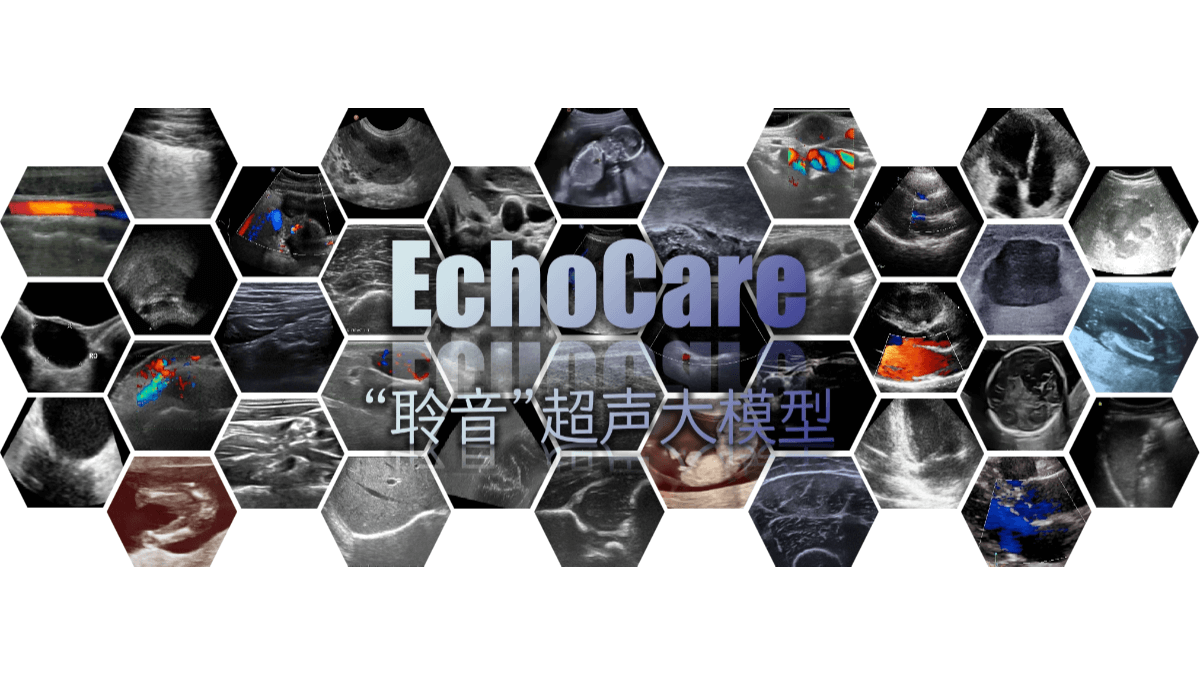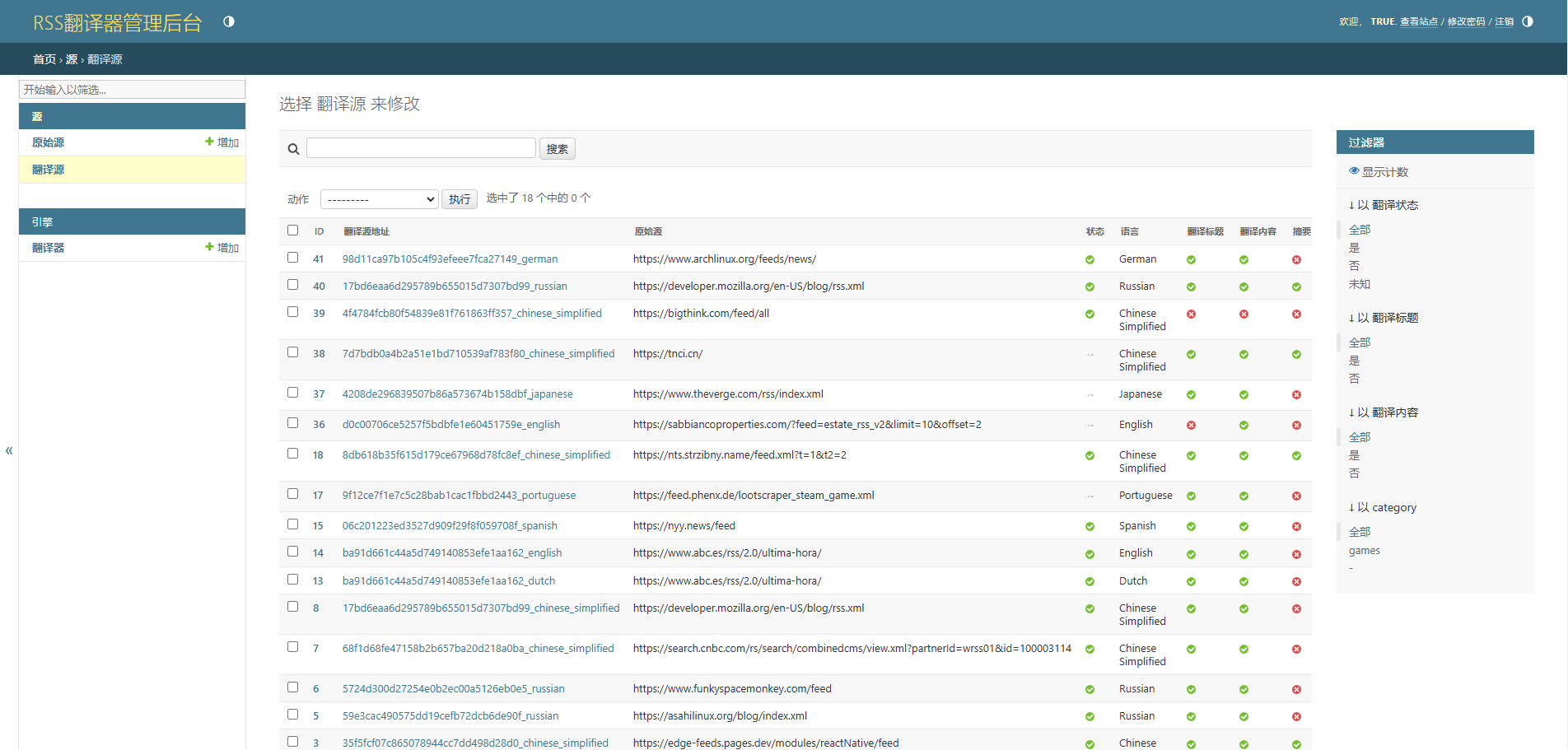EchoCare - Hong Kong Academy of Sciences open source ultrasound base large model
What is EchoCare?
EchoCare is a large model of ultrasound base developed by the Center for Artificial Intelligence and Robotics Innovation (CAIR) of the Hong Kong Institute of Innovation and Research of the Chinese Academy of Sciences (CAS), trained based on the world's largest ultrasound image dataset (more than 4.5 million images), covering multi-center, multi-region, multi-ethnicity, and more than 50 human organs. The model adopts a structured contrast self-supervised learning framework, which can autonomously learn the deep semantic features of ultrasound images without relying on expert annotation, effectively solving the problems of insufficient generalization ability and strong dependence on data annotation of traditional ultrasound AI. The model has excellent performance in clinical tasks: the sensitivity of ovarian tumor benign and malignant judgment reaches 85.6%, specificity 88.7%, and the average accuracy of thyroid nodule detection is 88.8%, and the overall performance is improved by 3%-5% compared with the top models in the world, and retrospective validation of the model has been completed in Qilu Hospital of Shandong University and Xiangya Hospital of Central South University.

Features of EchoCare
- Large-scale multi-center data training: Based on the world's largest ultrasound imaging dataset, containing more than 4.5 million images, covering more than 20 countries and regions, multi-center, multi-ethnic and more than 52 whole-body organs, it ensures broad applicability and strong generalization capability of the model.
- Structured Comparison of Self-Supervised Learning FrameworksThe model can learn deep semantic features of ultrasound images independently without relying on expert annotation, decoupling feature learning from downstream tasks, and effectively improving the adaptability of the model to multi-site and multi-tasking.
- Hierarchical two-branch architecture: Innovative design of image encoder and dual-branch decoder to simulate clinical diagnostic logic, enhance the robustness of edge features, and gradually extract and classify anatomical structure features to improve diagnostic accuracy and interpretability.
- Excellent clinical performance: The performance in seven major medical tasks was improved by 3%~5% on average compared with the traditional SOTA model, with the sensitivity of ovarian tumor benign-malignant classification reaching 85.6% and specificity 88.7%, and the average accuracy of thyroid nodule detection 88.8%.
- Multi-center clinical validation and field applicationThe company has completed retrospective validation in Qilu Hospital of Shandong University, Xiangya Hospital of Central South University, etc. In the future, it plans to cooperate with hardware vendors to promote large-scale application in primary care and emergency medicine scenarios, helping to improve diagnostic efficiency and standardization.
Core Benefits of LISTEN EchoCare
- Ultra-large scale multi-center data training: Based on the world's largest ultrasound imaging dataset containing more than 4 million images covering more than 20 countries and regions, multi-centers, multi-ethnicity, and more than 52 whole-body organs around the globe, it ensures broad applicability and strong generalization capability of the model.
- An Innovative Self-Supervised Learning FrameworkThe first "structured contrast self-supervised learning" method is used to learn deep semantic features of ultrasound images without relying on a large amount of expert labeled data, which decouples feature learning from the downstream tasks and greatly improves the adaptability of the model to multi-sites and multi-tasks, as well as the learning efficiency.
- Excellent clinical diagnostic performance: In seven major medical tasks such as image segmentation, classification, and detection, its performance is improved by an average of 3%~5% compared with the traditional top (SOTA) model.Specifically, the sensitivity in the task of benign and malignant classification of ovarian tumors reaches 85.6% and specificity 88.7%, and the average accuracy in the task of thyroid nodule detection reaches 88.8%, which effectively reduces the number of effectively reduced the rate of leakage and misdiagnosis of major diseases.
- Powerful generalization and compatibilityThe model design effectively overcomes the challenge of image "variability" caused by algorithmic differences between different ultrasound equipment manufacturers and physicians' different operating habits, and breaks the traditional ultrasound AI's "fragmented development" predicament, which is compatible with different equipment and diverse clinical scenarios. It is compatible with different devices and diverse clinical scenarios.
What is the official website for EchoCare
- Project website:: https://echocare.cares-copilot.com/
- Github repository:: https://github.com/CAIR-HKISI/EchoCare
- arXiv Technical Paper:: https://arxiv.org/pdf/2509.11752
People for whom EchoCare is suitable
- Ultrasonographers and Diagnostic Imaging Physicians: The model can assist doctors in ultrasound image analysis and improve diagnostic efficiency and accuracy, especially in complex diagnostic tasks such as ovarian tumor benign and malignant determination and thyroid nodule detection, which can help reduce the rate of leakage and misdiagnosis.
- Primary care organizations and general practitioners: For grassroots scenarios where medical resources are relatively scarce, the model can reduce the reliance on high-level ultrasonographers, help general practitioners or less-experienced operators to perform more standardized ultrasound examinations and preliminary diagnosis, and improve the accessibility and quality of primary healthcare services.
- Emergency medical personnel: The model is particularly suitable for emergency scenarios, and can quickly assist in identifying acute conditions, such as for rapid screening of cardiac aortic aneurysms, helping emergency physicians make more accurate judgments under time constraints, and preventing medical risks caused by missed diagnoses.
- Medical education institutions and trainees: The model can be used as a teaching aid to help medical trainees learn and understand the interpretation of ultrasound images, and accelerate the process of developing diagnostic ultrasound skills by providing a standardized reference for analysis.
- Ultrasound equipment manufacturers and medical technology companies: Enterprises can integrate the model into ultrasound equipment, develop smarter ultrasound diagnostic systems or auxiliary diagnostic software, enhance product competitiveness, and work together to promote the scale of ultrasound AI technology and commercial application.
© Copyright notes
Article copyright AI Sharing Circle All, please do not reproduce without permission.
Related posts

No comments...




